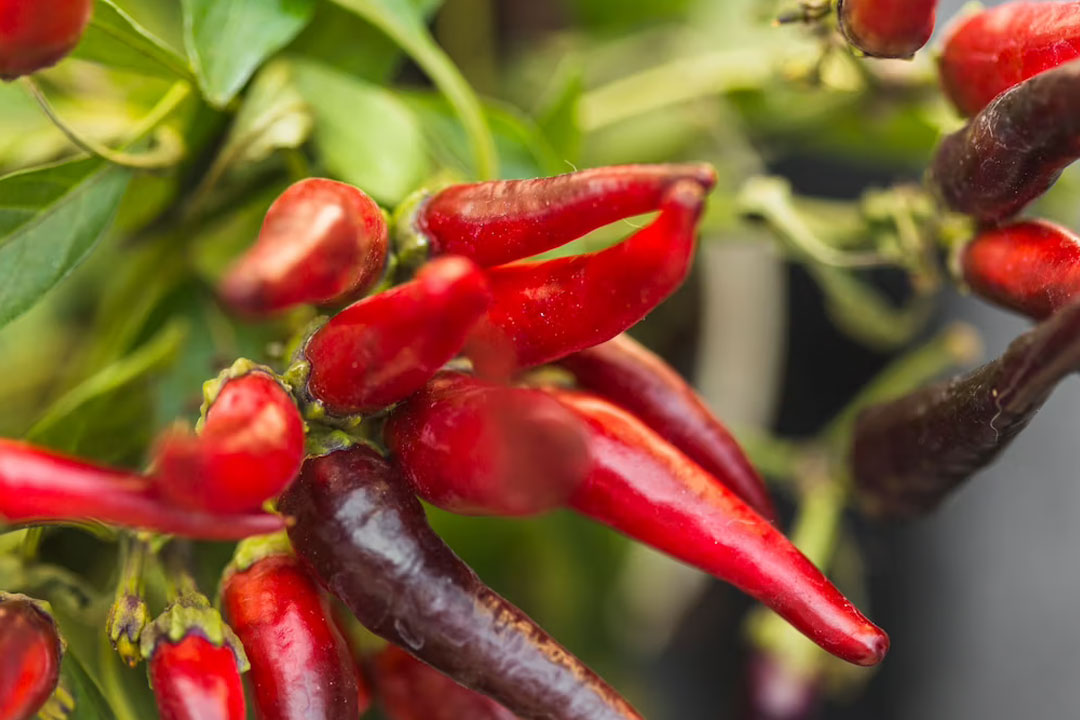
Chilli farming is a lucrative venture that has gained popularity among smallholder farmers in Kenya, South Africa, Zambia, and Zimbabwe. Chillies are a versatile crop that can be grown in a variety of soils and climatic conditions. They are in high demand locally and internationally for their culinary and medicinal value. In this article, we will explore the basics of chilli farming in these four countries.
Kenya Chilli farming in Kenya is a thriving industry that is mostly practiced by smallholder farmers. The country has a favorable climate for chilli cultivation, with average temperatures ranging between 20°C to 30°C. The major chilli varieties grown in Kenya include Bird’s Eye chilli, African bird’s eye chilli, and Habanero chilli. Farmers in Kenya grow chillies for both local and international markets. The main export markets for Kenyan chillies are the European Union and the Middle East.
South Africa Chilli farming in South Africa is mainly done in Limpopo, Mpumalanga, and KwaZulu-Natal provinces. The country has a favorable climate for chilli farming, with temperatures ranging between 15°C to 25°C. South African farmers mostly grow the Tabasco and Cayenne chilli varieties, which are well-suited for the country’s climatic conditions. The majority of the chillies produced in South Africa are sold locally, with a small percentage exported to neighboring countries.
Zambia Chilli farming in Zambia is mainly concentrated in the Eastern, Southern, and Northern provinces. The country has a favorable climate for chilli cultivation, with temperatures ranging between 20°C to 30°C. The main chilli varieties grown in Zambia include the African bird’s eye chilli, Habanero chilli, and Cayenne chilli. Farmers in Zambia mostly grow chillies for the export market, with the main destinations being Europe and Asia.
Zimbabwe Chilli farming in Zimbabwe is mainly concentrated in the Midlands, Mashonaland West, and Mashonaland East provinces. The country has a favorable climate for chilli cultivation, with temperatures ranging between 20°C to 30°C. The main chilli varieties grown in Zimbabwe include the Cayenne chilli, Bird’s Eye chilli, and Habanero chilli. Farmers in Zimbabwe mostly grow chillies for both local and export markets, with the main destinations being Europe and the Middle East.
Chilli farming practices in these four countries are similar, with slight variations in the choice of chilli varieties grown and market destinations. Farmers in these countries mostly grow chillies under irrigation and use organic and inorganic fertilizers to boost plant growth and yield. They also use mulching techniques to conserve soil moisture and control weed growth.
In conclusion, chilli farming is a profitable venture for smallholder farmers in Kenya, South Africa, Zambia, and Zimbabwe. The countries have favorable climatic conditions for chilli cultivation, and the crop has a high demand in local and international markets. Farmers in these countries should explore the different chilli varieties available and adopt sustainable farming practices to boost plant growth and yield.


















